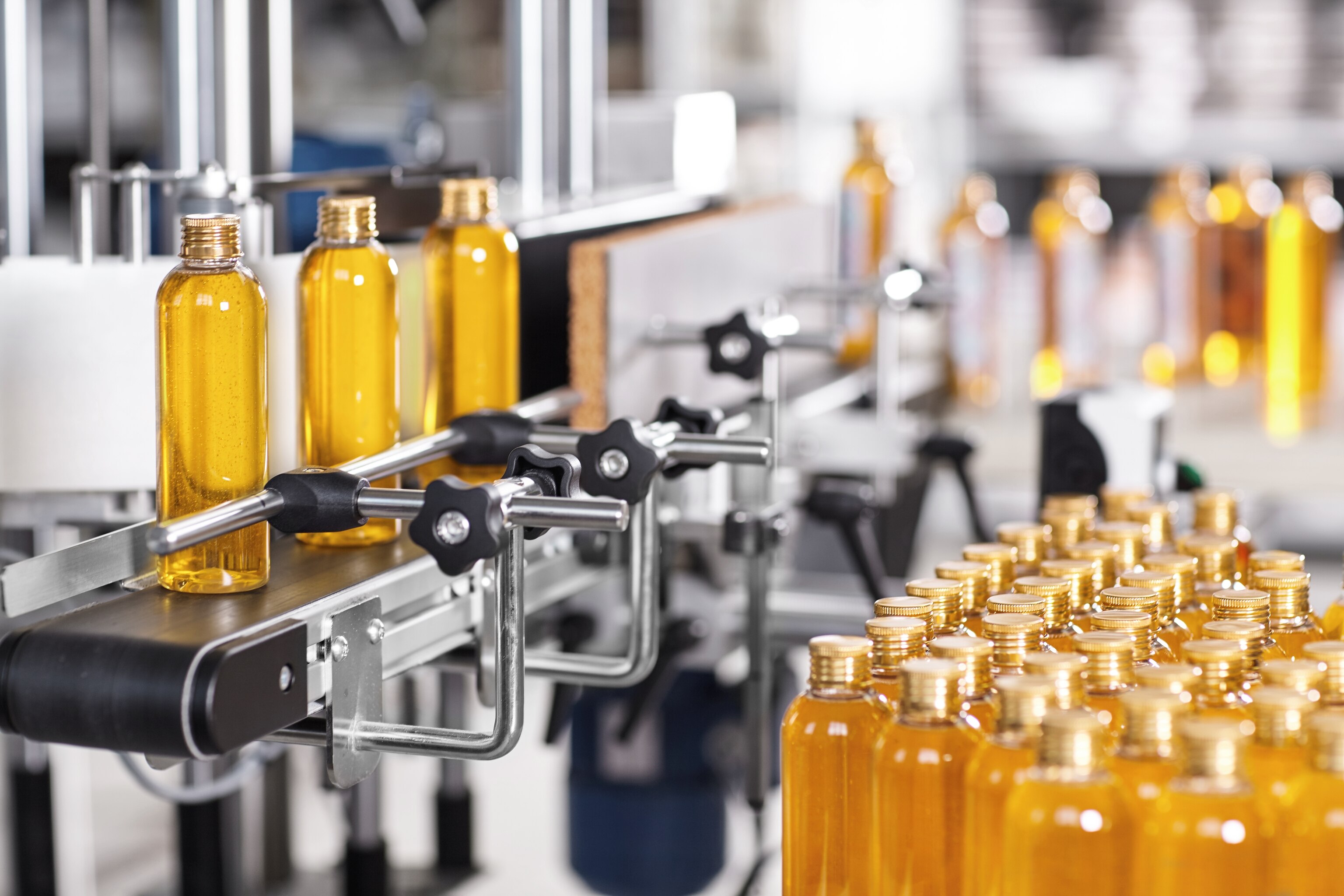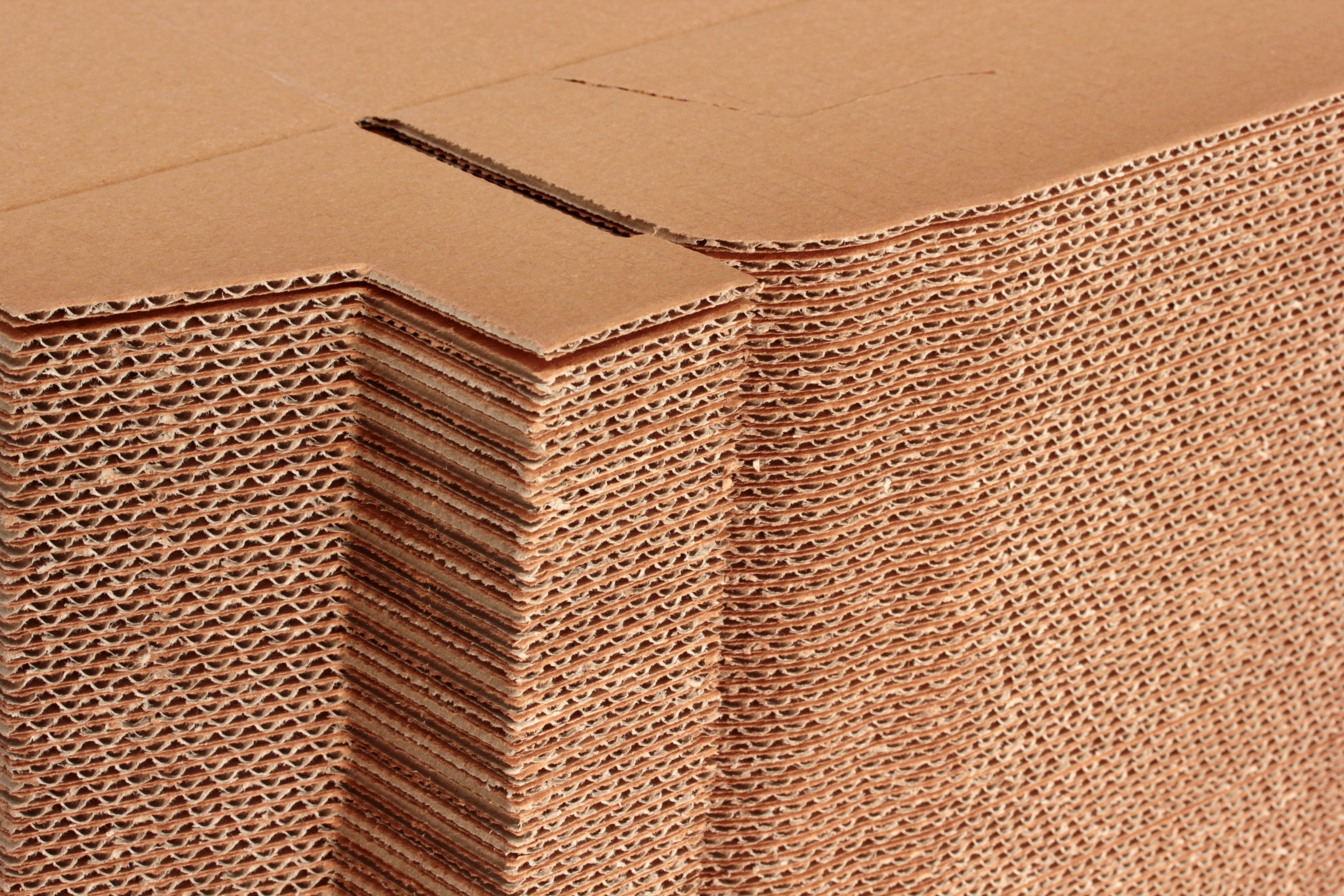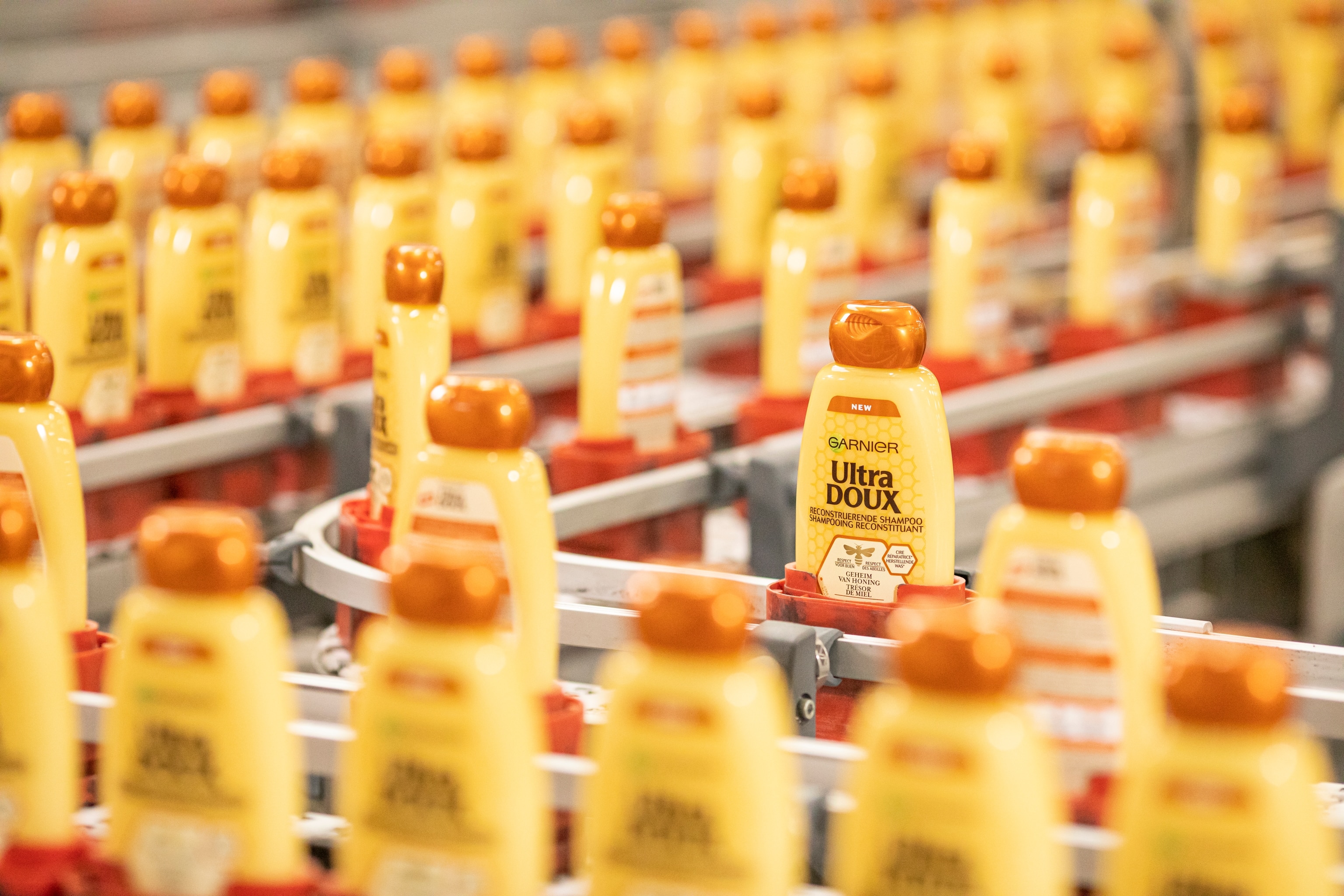Five ways for beauty products to pack a greener punch
Can the beauty products we use every day use more sustainable packaging? When we start thinking outside the box—they can.
An albatross picks its way across a beach strewn with plastic waste, pecking at a faded bottle cap it has mistaken for food. Packaging, from bags to bottles, makes up a huge proportion of the twelve million tons of plastic that flow into our oceans every year. But responsible brands, including beauty brands, are taking action to address the packaging problem―exploring, innovating, and investing in ways to make their packaging more sustainable. Here are five ways the beauty industry is working towards more sustainable packaging.
Less Is More
Packaging serves many functions including containing and preserving the formula. The problem is plastic packaging waste and ensuring that it does not end up in landfill or worse, in the environment. One way to reduce this waste is to eco-design to reduce unnecessary packaging. Picture an oversized plastic pack containing a small tube of lip balm. The lip balm tube is doing all the real work, the rest of the plastic pack is probably only there to make the product stand out on the shelf and is immediately discarded as superfluous. Responsible beauty brands are actively looking at the way they use packaging: in an effort to reduce its use of plastic, Garnier has been removing any unnecessary packaging and has reimagined shampoo as a solid dry bar that can use small cardboard packaging instead of plastic bottles.
Zero Virgin Plastics
From food and drink to medicines and cosmetics, packaging is responsible for around half the world’s plastic waste. But not all plastics are created equal, and this significantly affects the environmental impact of the bags, bottles, jars, and tubes we use. Virgin plastic is new plastic created directly from fossil fuels: with more than eight billion tons of plastic already in existence―and with plastic taking around 400 years to decompose—not making new plastic is a priority. This is where recycling comes in. While not all plastics are recyclable, and not all recyclable plastics are recycled, responsible brands such as Garnier are aiming to eliminate the use of virgin plastic and use only recycled plastic that can be recycled again, creating a sustainable, circular model for their packaging.

Switching to Cardboard
If plastic waste is the problem, then cardboard could be part of the solution. Strong, versatile, and made from wood pulp, it is a popular packaging material with strong credentials: it can be sustainably sourced, has a low carbon footprint, can be easily and effectively recycled—making it an interesting alternative to plastic. Even so, excessive cardboard packaging can still be a problem and put pressure on forest resources, so it’s crucial that the materials are sustainably sourced using responsible forestry techniques. Garnier has recently taken the possibilities of substituting cardboard for plastic even further by developing a way to replace almost half the plastic in plastic tubes for sustainably sourced cardboard.

More for Less
When we talk bulk buying and economies of scale, bigger is definitely better when it comes to packaging. Some beauty products are used almost every day—shampoo, bodywash, skin creams—meaning that consumers go through large amounts of product: we could each use 800 bottles of shampoo in our lifetime. With so much used so often, it is more efficient to supply the product in family or economy sizes as this brings substantial savings per dose in packaging. Mathematical formulas for the ratio of surface area to volume show that when you double the amount of product, you don’t need to double the amount of packaging—some of Garnier’s Ultra Doux* 500ml eco-packs use 80 percent less packaging than two 250ml single-use bottles, thanks to its family size, as well as the eco-refill format. This makes larger-sized packs much more environmentally friendly.

Refill and Reuse
One of the big issues with packaging is plastic bottles that are used over a short time and then thrown away—even if that is into the recycling bin. The solution could be to find ways to refill and reuse a bottle multiple times, which can help spread its environmental cost. This has led some beauty brands to encourage their customers to buy a “bottle for life” that they can refill with product either in a store or by returning it to the brand. It’s a different way of buying beauty products that could take time to take off—consumers initially resisted reusable coffee cups. To help encourage the change, Garnier is launching an aluminum bottle for refills that includes an attractive design intended to make the bottle itself desirable—an item that people want to keep and reuse.
By necessity, beauty products need packaging in all its forms. This puts the beauty industry in a unique and powerful position to drive positive change in packaging—innovating, investing, and leading by example. With responsible beauty brands committing to more sustainable packaging (as well as more sustainable products), we are increasingly able to make green choices in our daily routines—helping preserve our planet’s health and natural resources.




